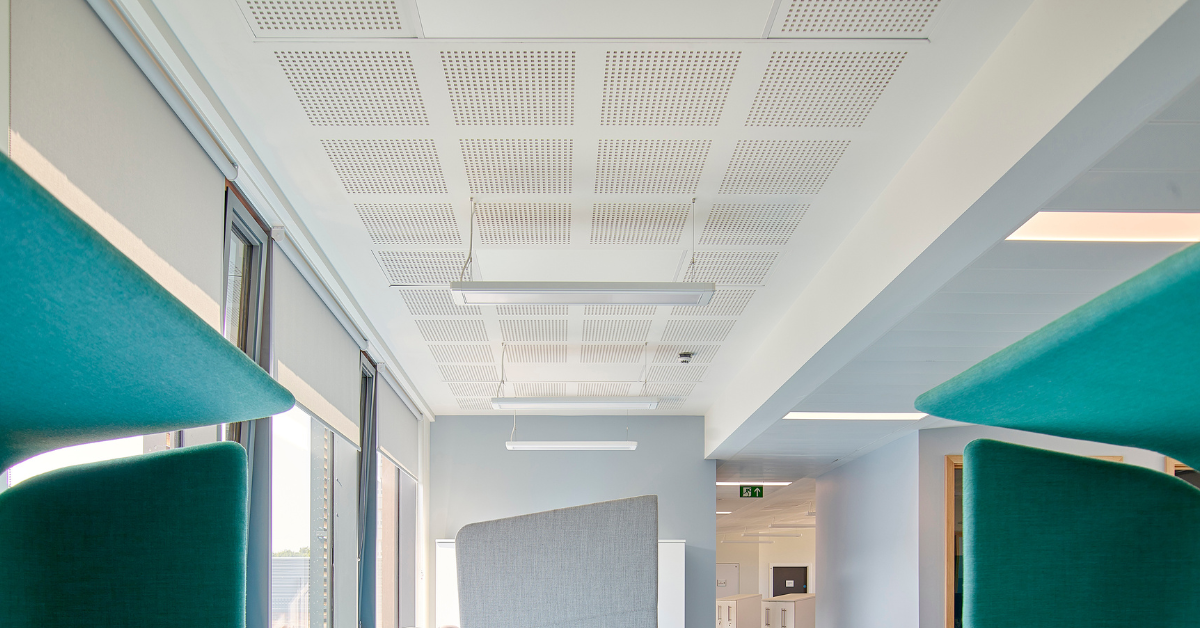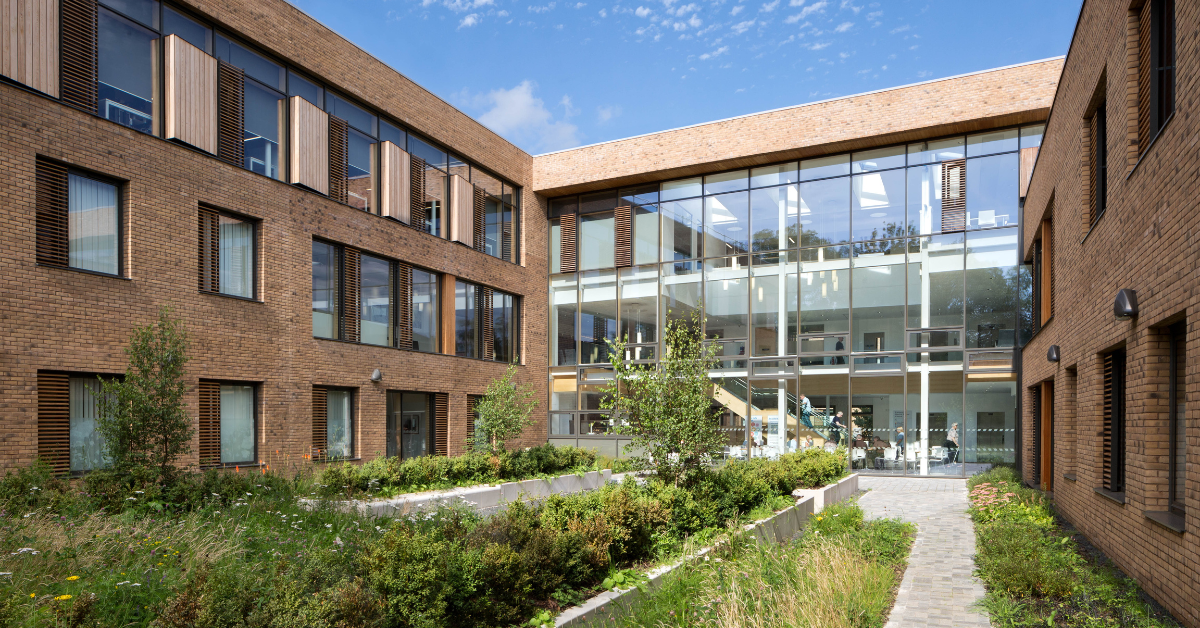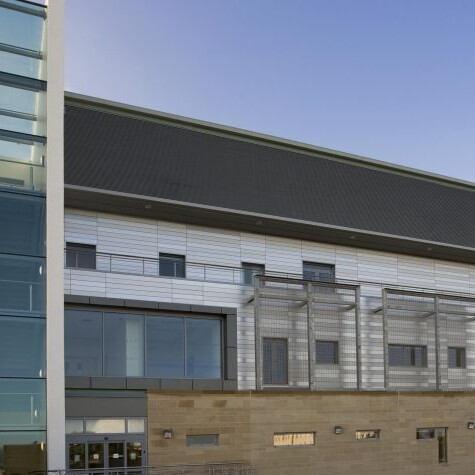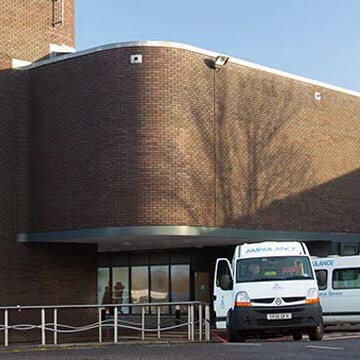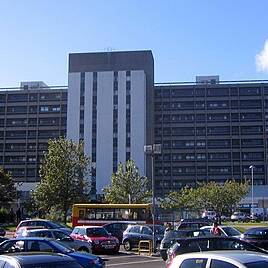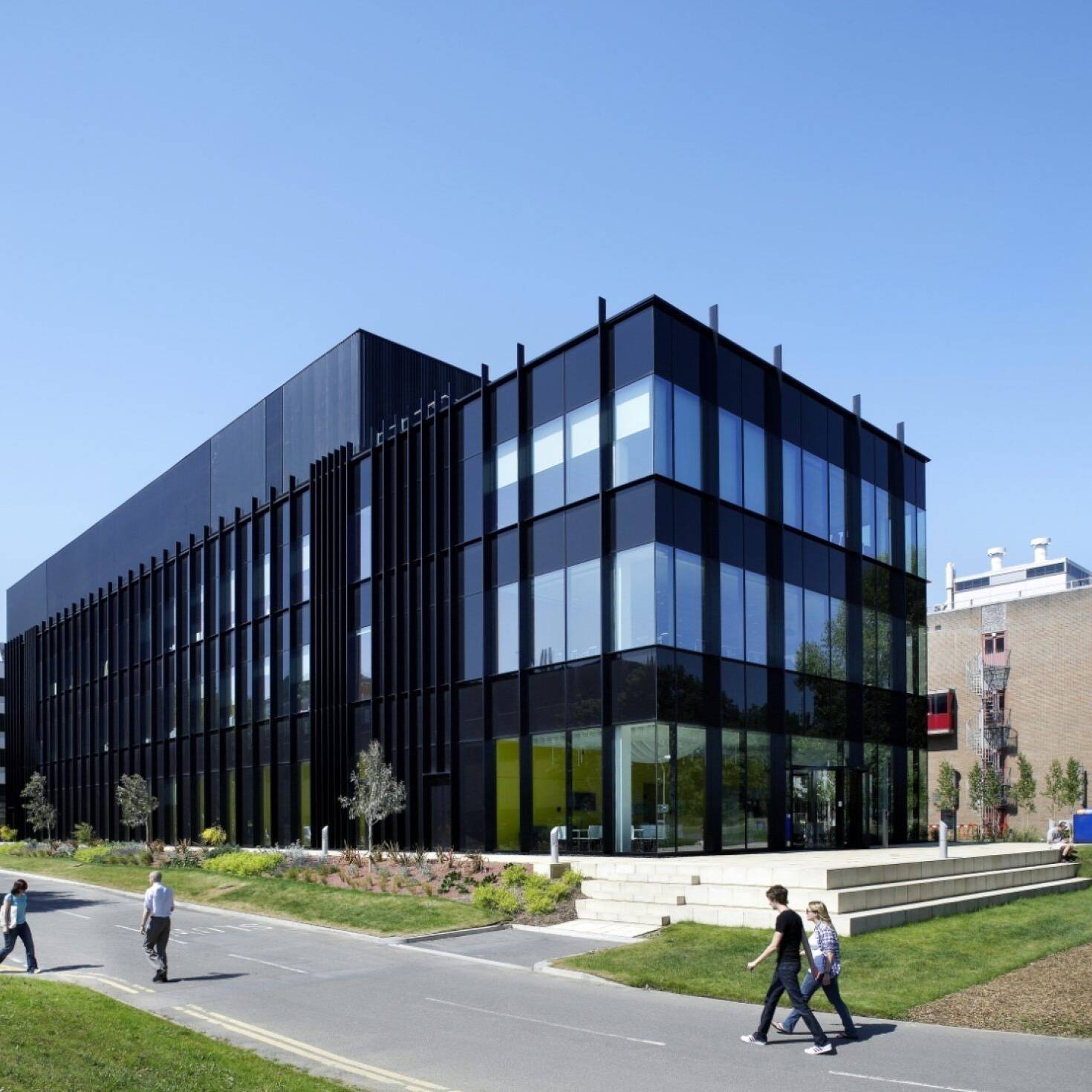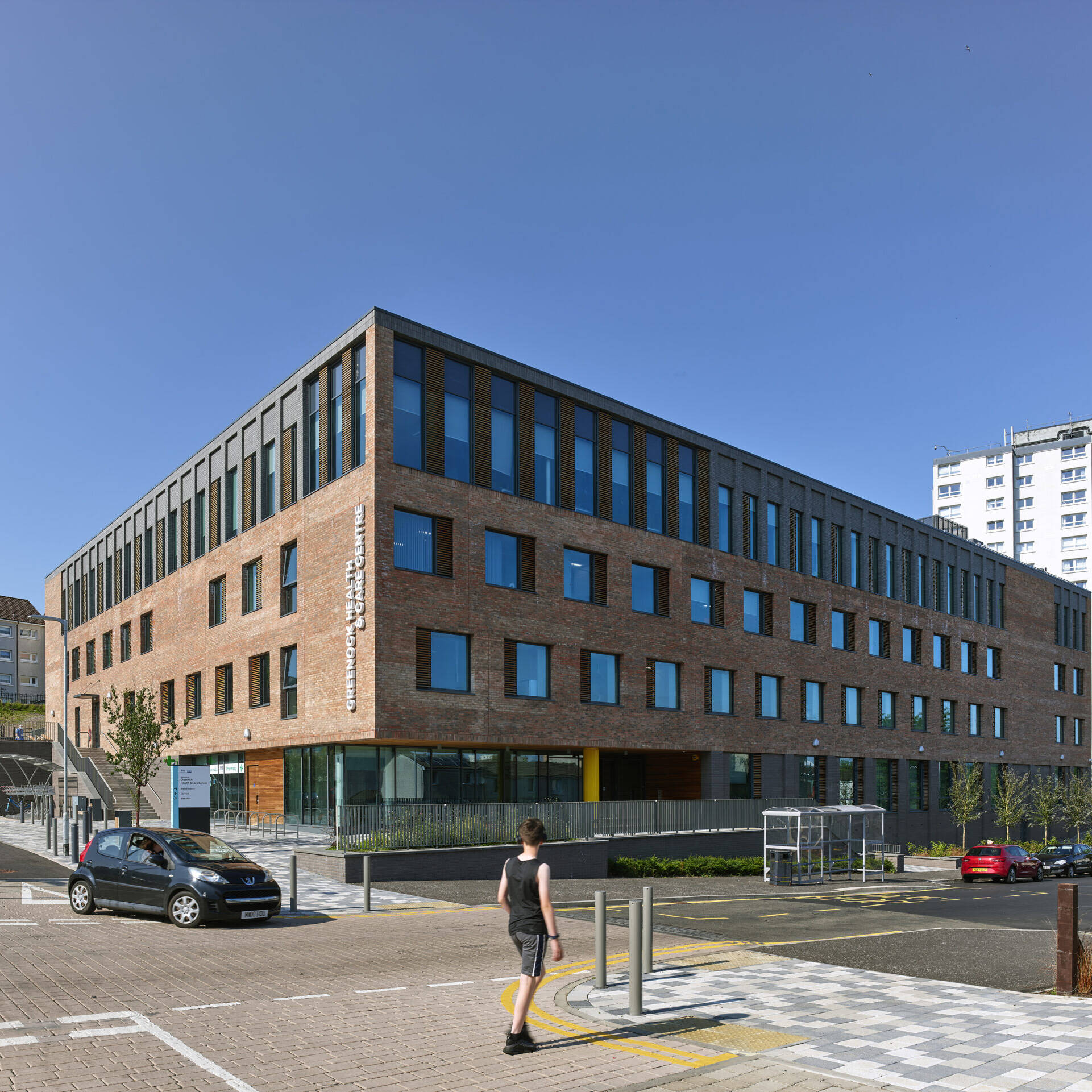News
How We’re Prepared for a NZC Future within Healthcare
The Impact of Net Zero Carbon (NZC) on Heating Systems within Healthcare
The significance of Net Zero Carbon (NZC) has never been more apparent, becoming a pressing concern for both our clients and society at large. Efforts on a global scale, coupled with UK-specific initiatives such as the Net Zero Strategy: Build Back Greener and the UK Net Zero Carbon Buildings Standard, are focused on decarbonising various sectors of the economy to achieve net zero emissions by 2050.
The NHS has committed to a ‘Greener NHS’ making it the one of the world’s first health services to aim for Net Zero Carbon emissions. Consequently, there has been a significant shift in attitudes towards sustainability and a move from less efficient heating systems to more efficient solutions such as heat pumps. This transition is one we must accommodate and support.
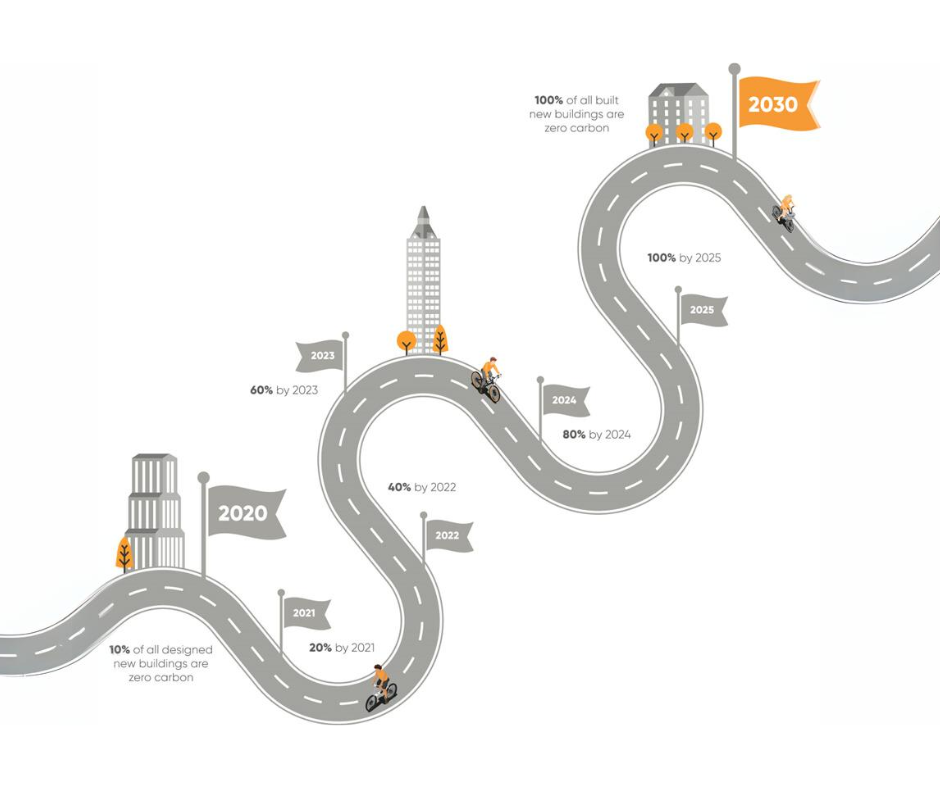
The UK healthcare sector contributes approximately 4 to 5% of the nation’s carbon footprint, and with many existing healthcare facilities grappling with maintenance challenges, outdated infrastructure, and limited capital, this has resulted in a prevalence of inefficient heating systems. Traditional heating systems, such as gas and oil boilers, are not only less efficient but also environmentally harmful.
Fortunately, there has been a gradual phase-out of gas and oil boilers in large-scale healthcare building designs, with their use increasingly relegated to backup emergency systems. By adopting more suitable heating technologies, we can significantly reduce carbon emissions and move closer to NZC targets.
Efficient Heating Systems
Today, we have access to a variety of efficient heating systems that are not only more effective but also more sustainable, including:
- ASHP (Air Source Heat Pumps)
- GSHP (Ground Source Heat Pumps)
- WSHP (Water Source Heat Pumps)
- PV (Photovoltaic)
Within healthcare, Heat Pumps are increasingly becoming one of the more popular choices for heating systems. Due to them being highly efficient and environmentally friendly, utilising electricity to transfer heat instead of relying on fossil fuels like traditional gas boilers.
One of the primary advantages of Heat Pumps is their exceptional energy efficiency. For example, a Heat Pump with a Coefficient of Performance (CoP) of 3 or higher produces three units of heat for every unit of electricity consumed. This high efficiency translates to lower energy consumption which is particularly beneficial for larger healthcare facilities.
Heat Pumps provide both heating and cooling, making them versatile and adaptable within the UK’s climate. As seasonal temperature variations require both heating and cooling, heat pumps can seamlessly switch between modes to maintain optimal conditions, ensuring patient comfort and safety. Heat pumps also offer simultaneous heating and cooling, providing greater efficiency.
Investing in Heat Pump technology is a step towards future-proofing healthcare facilities. As regulations and standards evolve over time in favour of sustainability, heat pumps offer a compliant and adaptable solution for years to come.
However, to maximise the benefits of NZC systems, they must be paired with a high-performing building fabric. A well-designed building improves energy efficiency and reduces the overall demand for heating and cooling systems.
Challenges & Considerations
Implementing large-scale ASHP systems in facilities can come with its own set of challenges. Two of the potential challenges concerns are the dissipation of cold air from the units and the associated risk of creating local microclimates. Addressing this early in the design is key to ensuring the system performs as intended.
Computational Fluid Dynamics (CFD) can be used to simulate and analyse the flow of air and heat, and creating detailed models of these outdoor environments allows the prediction of how cold air will move and interact with buildings and their surroundings. This enables our engineers to identify potential cold spots due to poor air flow and regions at risk of micro-climates, allowing for necessary adjustments.
Our team also utilises 3D modeling technology to plan the placement of heat pumps, ducts, and other components, ensuring optimal performance by providing a view of the entire system layout and detecting potential spacial conflicts.
By integrating CFD and 3D modeling into our design process, we can mitigate the challenges associated with large-scale heat pump systems. These advanced tools help us create efficient, sustainable, and reliable heating solutions tailored to the unique needs of healthcare facilities.
The CFD Study below refers to Monklands Replacement Project, the image shows air being discharged vertically from five adjacent ASHP units, with different colors representing air at varying temperatures. We commissioned this Computational Fluid Dynamics (CFD) study to optimise the design, considering varying ambient temperatures, wind speeds from different directions, and the impact of adjacent buildings. You can read our full article on the CFD Study for Monklands Replacement Hospital here.
Back-Up Systems
While heat pumps are becoming the preferred choice for heating in healthcare facilities, reliable backup systems are essential to ensure uninterrupted operation.
Hydrogen boilers, which use hydrogen produced via electrolysis with renewable electricity, are a potential emerging future option. As hydrogen infrastructure is still in its early stages, traditional gas and oil boilers are still widely used as backup systems due to their reliability and well-established infrastructure. They provide a robust and familiar option for ensuring continuous heating. However, their reliance on fossil fuels makes them less desirable in the pursuit of NZC goals.
Heat Pump technology also continues to evolve, offering new advancements that further enhance efficiency, Modern heat pumps are using new refrigerants to improve performance and reduce environmental impact. The implementation of different temperature circuits within heat pump systems also improves the COP. By designing systems that operate at varying temperature levels, we can significantly boost efficiency, making heat pumps an even more attractive option for heating and cooling in healthcare facilities.
Monklands Replacement Project
One of our major ongoing projects, the Monklands Replacement Project, requires significant consideration in the design of the heating system to ensure it meets the hospital’s goals and operates at optimum efficiency whilst also being future proof. We’ve been delivering MEP and sustainable design solutions for this project, which promises to be the most advanced hospital in Scotland upon completion.
Monklands Replacement Project’s heating system will mainly utilise Air Source Heat Pumps (ASHP) and Water Source Heat Pumps (WSHP), with backup oil boilers in place for resillience. While gas typically powers systems of this size, the emphasis on sustainability means that Monklands will primarily rely on heat pumps. This approach positions it to be the largest heat pump system in a Scottish hospital.
Why Wallace Whittle?
With the continued emphasis on NZC across industries, particularly within healthcare, we understand the importance of ensuring systems are efficient. Combining the expertise of our mechanical engineers and dedicated sustainability team, our projects are led by professionals who can employ sophisticated assessments and calculations to evaluate key energy end-uses, including heating and cooling.
At Wallace Whittle we also embrace technological advancements, with the ongoing advancements in heating technology—such as high efficiency heat pumps, advanced thermal storage solutions, and hydrogen boilers.
Innovation and staying updated are crucial to achieving Net Zero Carbon in healthcare facilities. By embracing new technologies, investing in continuous learning, and fostering collaboration, we can significantly enhance the efficiency and sustainability of heating systems within these facilities.
If you’d like to discuss your next Healthcare project with us email [email protected] or to find out more, visit our dedicated healthcare site – Healthcare Expertise – Wallace Whittle







